Modern History Playlist
19 chapters • 0 completed
Advent of Europeans in India
9 topics
Decline of the Mughal Empire
7 topics
Emergence of Regional States
11 topics
Expansion and Consolidation of British Power
19 topics
British Government & Economic Policies (1757–1857)
4 topics
Social Reform Movements
20 topics
People’s Resistance before 1857
3 topics
The revolt of 1857
6 topics
Growth of Nationalism and Moderate Phase of Congress
6 topics
British Administration in India
7 topics
Era of Militant Nationalism (1905-1909)
5 topics
First Phase of Revolutionary Activities(1907-1917)
8 topics
India’s Response to First World War and Home Rule Movement
4 topics
Emergence of Gandhi
6 topics
Non-Cooperation Movement and Khilafat Movement
7 topics
Emergence of Swarajists, Socialist Ideas, Revolutionary Activities
5 topics
Struggle For Swaraj: 1928-1935
13 topics
Period from 1935-42
9 topics
Period from 1942-47
22 topics
Chapter 6: Social Reform Movements
Chapter TestBackground
19th century India witnessed major social, religious and cultural reform movements that sought to eradicate social evils and modernize society.
19th century India witnessed major social, religious and cultural reform movements that sought to eradicate social evils and modernize society.
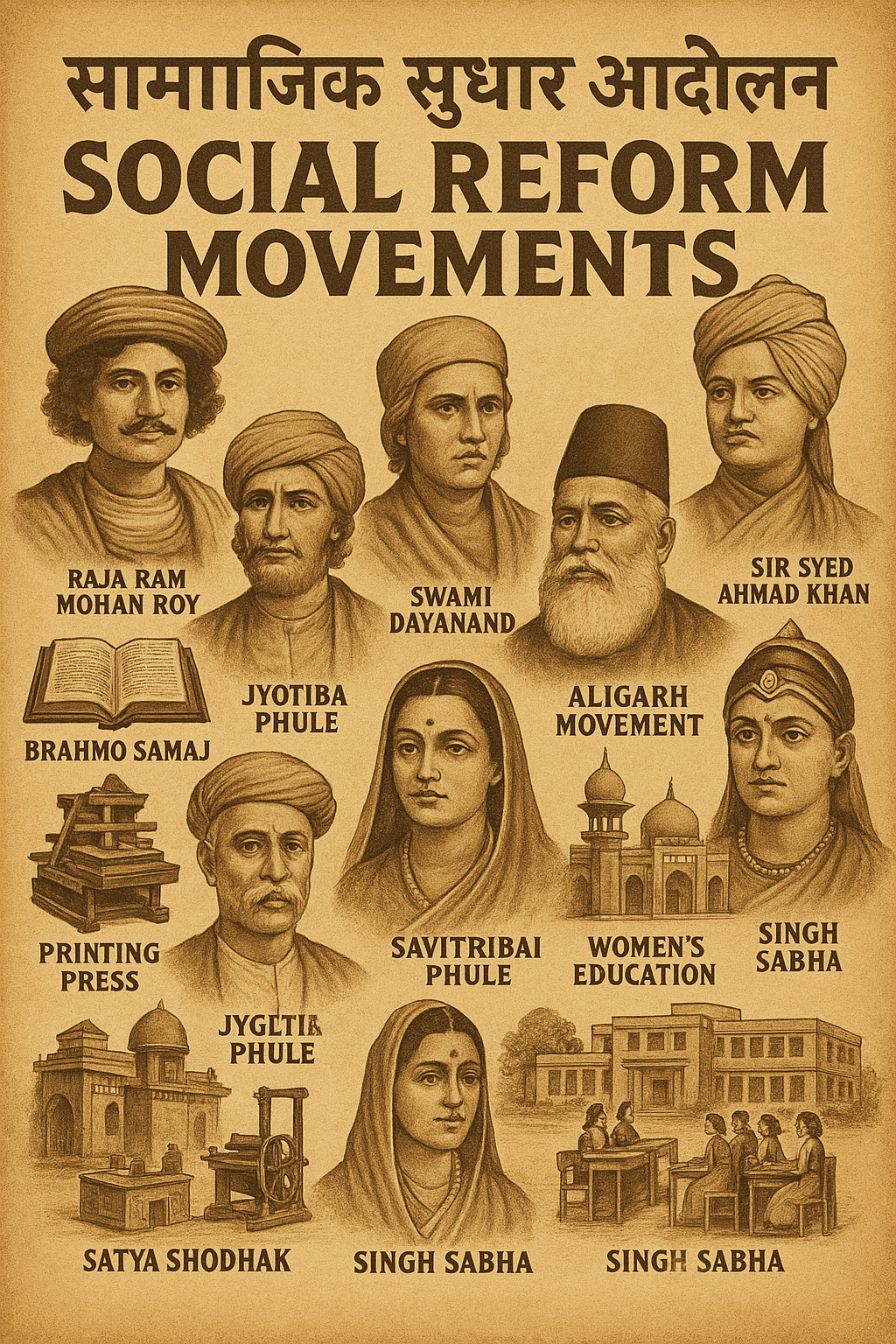
Fun Facts
Many reform leaders were multilingual and used vernacular presses to reach people.
Reform societies often doubled as debating clubs and modern schools.
Mains Key Points
Prelims Strategy Tips
Characteristics of Socio-Religious Movements in India
Socio-religious movements in 19th-century India combined religious critique with social reform, education and institution-building, and were instrumental in shaping modern Indian public life.
Socio-religious movements in 19th-century India combined religious critique with social reform, education and institution-building, and were instrumental in shaping modern Indian public life.
Fun Facts
Several movement leaders like Raja Ram Mohan Roy and Vivekananda engaged extensively with global audiences and British officials.
Print culture created celebrity reformers — pamphlets and speeches spread reputations across regions.
Mains Key Points
Prelims Strategy Tips
Hindu Reform Movements
Leaders like Raja Ram Mohan Roy, Swami Dayanand, and others initiated reforms in Hindu society.
Leaders like Raja Ram Mohan Roy, Swami Dayanand, and others initiated reforms in Hindu society.
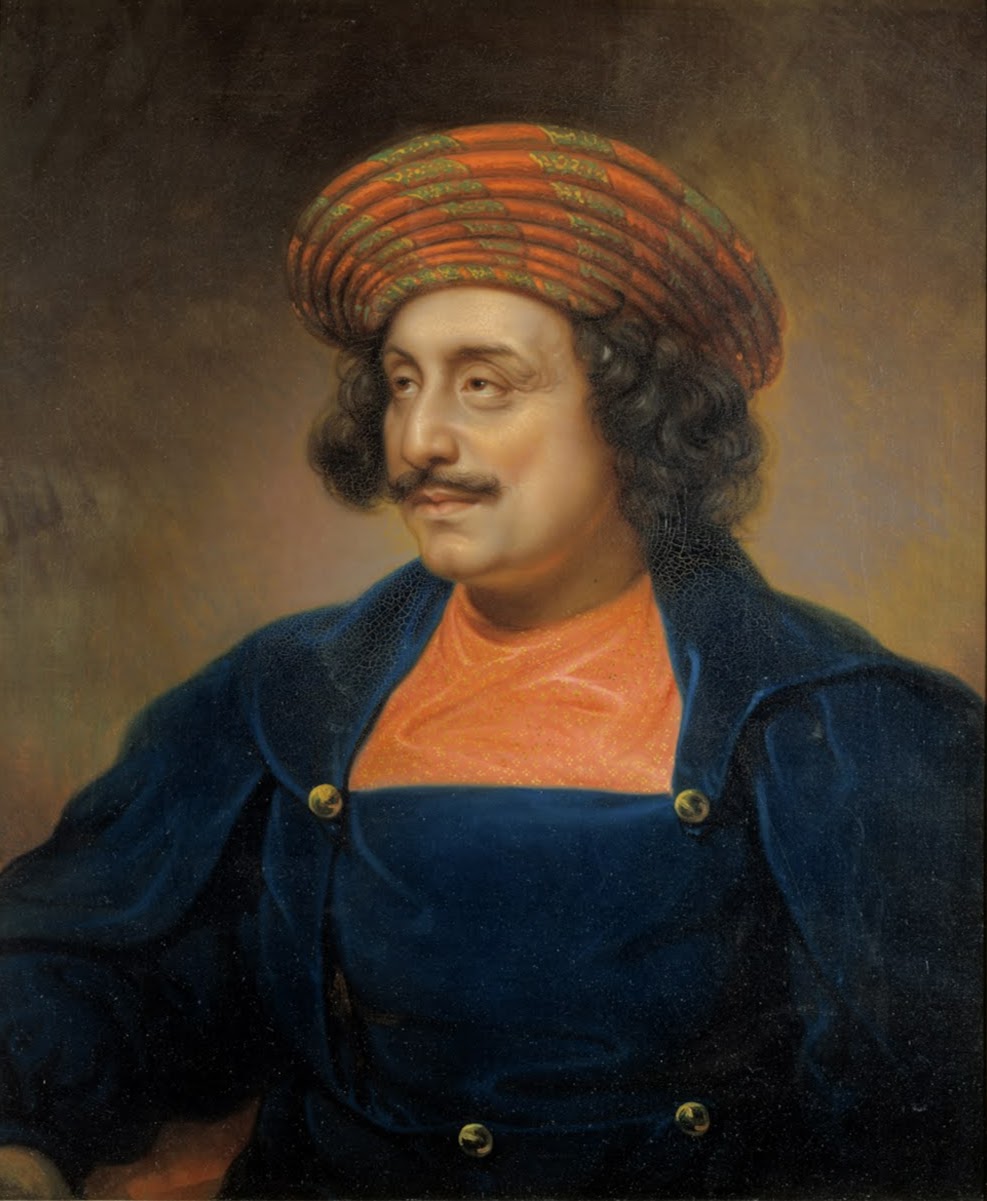
Major Hindu Reform Movements
| Movement | Leader | Key Features |
|---|---|---|
| Brahmo Samaj (1828) | Raja Ram Mohan Roy | Opposed sati, caste rigidity; supported widow remarriage, education; monotheism |
| Prarthana Samaj (1867) | M.G. Ranade, R.G. Bhandarkar | Social reforms, women education, abolition of caste discrimination |
| Arya Samaj (1875) | Swami Dayanand Saraswati | Return to Vedas; opposed idol worship, caste by birth; promoted shuddhi movement |
| Young Bengal Movement | Henry Derozio | Rationalism, freedom of thought; opposed orthodoxy; promoted women’s rights |
Fun Facts
Raja Ram Mohan Roy corresponded with British officials to press for legal reforms.
Young Bengal debates at Hindu College often led to expulsions of radical students.
Mains Key Points
Prelims Strategy Tips
Islamic Reform Movements
Muslim reformers sought to modernize education and reinterpret Islam in light of modern needs.
Muslim reformers sought to modernize education and reinterpret Islam in light of modern needs.
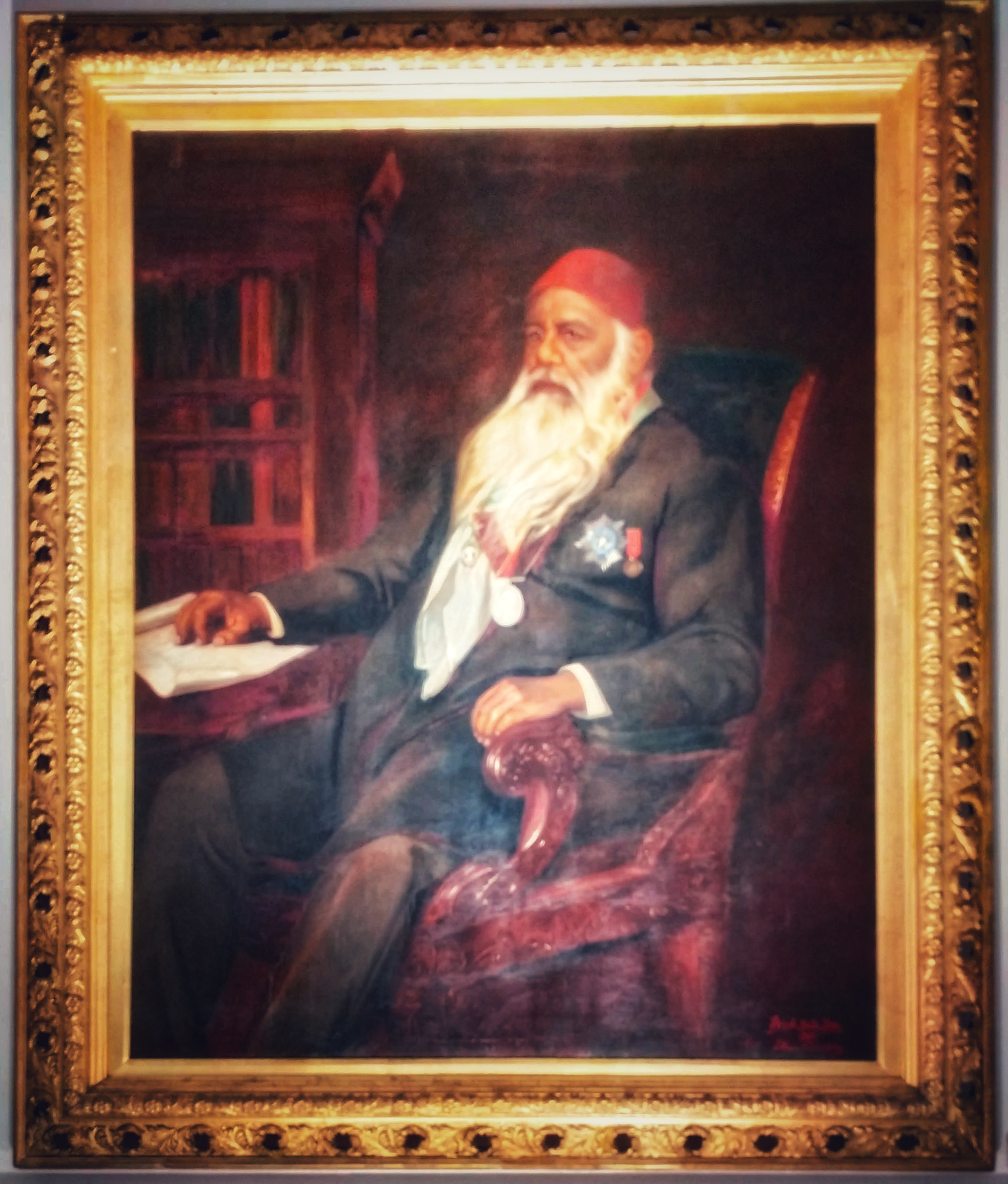
Major Muslim Reform Movements
| Movement | Leader | Key Features |
|---|---|---|
| Aligarh Movement | Sir Syed Ahmad Khan | Founded Aligarh Muslim University; promoted modern scientific education; opposed orthodoxy |
| Deoband Movement (1866) | Darul Uloom Deoband | Orthodox revival; focus on Islamic education, opposed westernization |
| Ahmadiya Movement (1889) | Mirza Ghulam Ahmad | Emphasized universal brotherhood, opposed jihad, stressed social reforms |
Fun Facts
Sir Syed argued for cooperation with British to modernise Muslim education — controversial at the time.
Deoband established a vast network of seminaries that influenced Islamic thought across South Asia.
Mains Key Points
Prelims Strategy Tips
Other Reform Movements
Parsis, Christians, and Sikhs also witnessed reform movements.
Parsis, Christians, and Sikhs also witnessed reform movements.
Major Social Reform Movements in 19th Century India
| Movement | Founder/Leader | Year | Key Features | Impact | Prelims Tips | Fun Facts | Mains Points |
|---|---|---|---|---|---|---|---|
| Brahmo Samaj | Raja Ram Mohan Roy | 1828 | Opposed idolatry, caste rigidity, sati; promoted monotheism, widow remarriage, education. | Laid foundation of modern reform; contributed to abolition of sati (1829). | Founded in 1828; Sati banned in 1829 under Lord William Bentinck. | Raja Ram Mohan Roy is called the 'Father of Indian Renaissance'. | Provided intellectual foundation for modern Indian reform and nationalism. |
| Young Bengal Movement | Henry Louis Vivian Derozio | 1820s–1830s | Promoted rationalism, free thought, equality, women’s education. | Inspired intellectual awakening among educated youth. | Linked with Hindu College, Calcutta. | Followers called 'Derozians'. | Created early radical socio-political thought in India. |
| Prarthana Samaj | Atmaram Pandurang (later supported by M.G. Ranade) | 1867 | Influenced by Brahmo Samaj; promoted monotheism, women’s uplift, social equality. | Led to reforms in Maharashtra; precursor to Indian Social Conference. | Founded in Bombay in 1867. | M.G. Ranade was known as the 'Socrates of Maharashtra'. | Encouraged socio-religious reforms in Western India. |
| Arya Samaj | Swami Dayanand Saraswati | 1875 | Return to Vedas; opposed caste discrimination, child marriage, idol worship; supported widow remarriage & education. | Spread nationalist spirit; DAV schools; Shuddhi movement. | Motto: 'Back to the Vedas'. | Swami Dayanand wrote Satyarth Prakash. | Provided cultural foundation to Hindu reform & revivalism. |
| Aligarh Movement | Sir Syed Ahmed Khan | 1875 (MAO College at Aligarh) | Advocated modern scientific education for Muslims; opposed blind orthodoxy. | Foundation of Muslim modern education; evolved into Aligarh Muslim University. | MAO College became AMU in 1920. | Sir Syed promoted Urdu as identity. | Bridged gap between modern education and Muslim society. |
| Ramakrishna Mission | Swami Vivekananda (disciple of Ramakrishna Paramhansa) | 1897 | Emphasised practical Vedanta, service to humanity as service to God. | Created modern spiritual-nationalist spirit; globalised Vedanta. | Chicago Speech (1893) made Vivekananda world famous. | Motto: 'Atmano mokshartham jagat hitaya cha'. | Linked spirituality with nationalism; inspired freedom struggle. |
| Theosophical Society | Annie Besant (Indian chapter leader) | 1879 (India branch) | Revival of Hinduism, Buddhism; universal brotherhood; women’s rights. | Spread interest in Indian philosophy; Besant joined INC. | HQ at Adyar, Madras (1882). | Annie Besant became first woman Congress President (1917). | Blended Indian spirituality with Western thought; supported Home Rule. |
| Satya Shodhak Samaj | Jyotiba Phule | 1873 | Worked for upliftment of lower castes, women’s education, social justice. | Inspired anti-caste and Dalit movements. | Founded in Pune in 1873. | Phule wrote Gulamgiri; Savitribai pioneered women’s education. | Laid foundation for later social justice & Dalit movements. |
| Singh Sabha Movement | Sikh Reformers (Amritsar & Lahore groups) | 1873 | Reformed Sikh practices; revived Khalsa ideals; promoted education through Khalsa schools. | Strengthened Sikh identity; resisted missionary influence. | Started in Amritsar in 1873, later Lahore Sabha became stronger. | Khalsa schools played major role in Sikh education. | Reasserted Sikh cultural identity; ensured survival against missionary influence. |
Fun Facts
Annie Besant (Theosophical) later became active in political Home Rule movement.
Savitribai Phule was among the earliest women educators in India and set up girls' schools.
Mains Key Points
Prelims Strategy Tips
Raja Rammohan Roy and Brahmo Samaj
Raja Rammohan Roy, known as the 'Father of Indian Renaissance', founded the Brahmo Samaj in 1828 to reform Hindu society, oppose social evils, and promote monotheism and modern education.
Raja Rammohan Roy, known as the 'Father of Indian Renaissance', founded the Brahmo Samaj in 1828 to reform Hindu society, oppose social evils, and promote monotheism and modern education.

Fun Facts
Raja Rammohan Roy travelled to England in 1830 as an envoy of Mughal Emperor Akbar II.
He was given the title 'Raja' by the Mughal Emperor.
He died in Bristol, England, in 1833.
Mains Key Points
Prelims Strategy Tips
Brahmo Samaj after Raja Rammohan Roy’s Demise
After Rammohan Roy’s death in 1833, the Brahmo Samaj continued under leaders like Debendranath Tagore and Keshab Chandra Sen, evolving into a dynamic reformist force with multiple ideological splits.
After Rammohan Roy’s death in 1833, the Brahmo Samaj continued under leaders like Debendranath Tagore and Keshab Chandra Sen, evolving into a dynamic reformist force with multiple ideological splits.
Fun Facts
Debendranath Tagore was called 'Maharshi' (great sage).
Keshab Chandra Sen’s daughter married into the Tagore family, creating controversy due to age issues.
Rabindranath Tagore was influenced by Brahmo ideals in his early education.
Mains Key Points
Prelims Strategy Tips
Prarthana Samaj
Founded in 1867 in Bombay, the Prarthana Samaj was a reformist movement influenced by Brahmo Samaj. It emphasized monotheism, social equality, women’s uplift, and reforms in Hindu society.
Founded in 1867 in Bombay, the Prarthana Samaj was a reformist movement influenced by Brahmo Samaj. It emphasized monotheism, social equality, women’s uplift, and reforms in Hindu society.
Fun Facts
M.G. Ranade, a key supporter, was also known as the 'Socrates of Maharashtra'.
Prarthana Samaj services included prayers, hymns, and readings from Hindu scriptures but without idol worship.
The society’s reform activities inspired other provincial organizations in India.
Mains Key Points
Prelims Strategy Tips
Arya Samaj
Founded in 1875 by Swami Dayanand Saraswati, Arya Samaj was a reformist and revivalist movement that called for 'Back to the Vedas', rejected idol worship, caste by birth, and promoted education, women’s rights, and social reform.
Founded in 1875 by Swami Dayanand Saraswati, Arya Samaj was a reformist and revivalist movement that called for 'Back to the Vedas', rejected idol worship, caste by birth, and promoted education, women’s rights, and social reform.
Fun Facts
Swami Dayanand wrote the book *Satyarth Prakash* (The Light of Truth).
Arya Samaj rejected rituals and superstitions but used modern institutions like schools and print media.
Dayanand Saraswati died in 1883 after being poisoned in Jodhpur.
Mains Key Points
Prelims Strategy Tips
Ramakrishna Mission
Founded in 1897 by Swami Vivekananda in honour of his guru Ramakrishna Paramhansa, the Mission emphasised practical Vedanta, service to humanity, education, and spiritual uplift. It became a major socio-religious reform and nationalist movement.
Founded in 1897 by Swami Vivekananda in honour of his guru Ramakrishna Paramhansa, the Mission emphasised practical Vedanta, service to humanity, education, and spiritual uplift. It became a major socio-religious reform and nationalist movement.
Fun Facts
Vivekananda wore saffron robes at the Chicago Parliament of Religions and began his speech with 'Sisters and Brothers of America', which received a standing ovation.
The Mission became one of the earliest modern NGOs, combining religion with social service.
It was among the first Indian movements to gain worldwide recognition.
Mains Key Points
Prelims Strategy Tips
Aligarh Movement
Started by Sir Syed Ahmed Khan in 1875, the Aligarh Movement aimed at modernizing Muslim society through scientific education, rational thought, and social reform. It laid the foundation for Aligarh Muslim University.
Started by Sir Syed Ahmed Khan in 1875, the Aligarh Movement aimed at modernizing Muslim society through scientific education, rational thought, and social reform. It laid the foundation for Aligarh Muslim University.
Fun Facts
Sir Syed is considered the 'Architect of Modern Muslim Education' in India.
He promoted Urdu as a unifying language for Indian Muslims.
He faced criticism from orthodox sections but persisted with reform.
Mains Key Points
Prelims Strategy Tips
Satya Shodhak Samaj
Founded by Jyotiba Phule in 1873, the Satya Shodhak Samaj worked for the upliftment of lower castes, women’s education, and social justice, challenging the dominance of Brahmanical orthodoxy.
Founded by Jyotiba Phule in 1873, the Satya Shodhak Samaj worked for the upliftment of lower castes, women’s education, and social justice, challenging the dominance of Brahmanical orthodoxy.
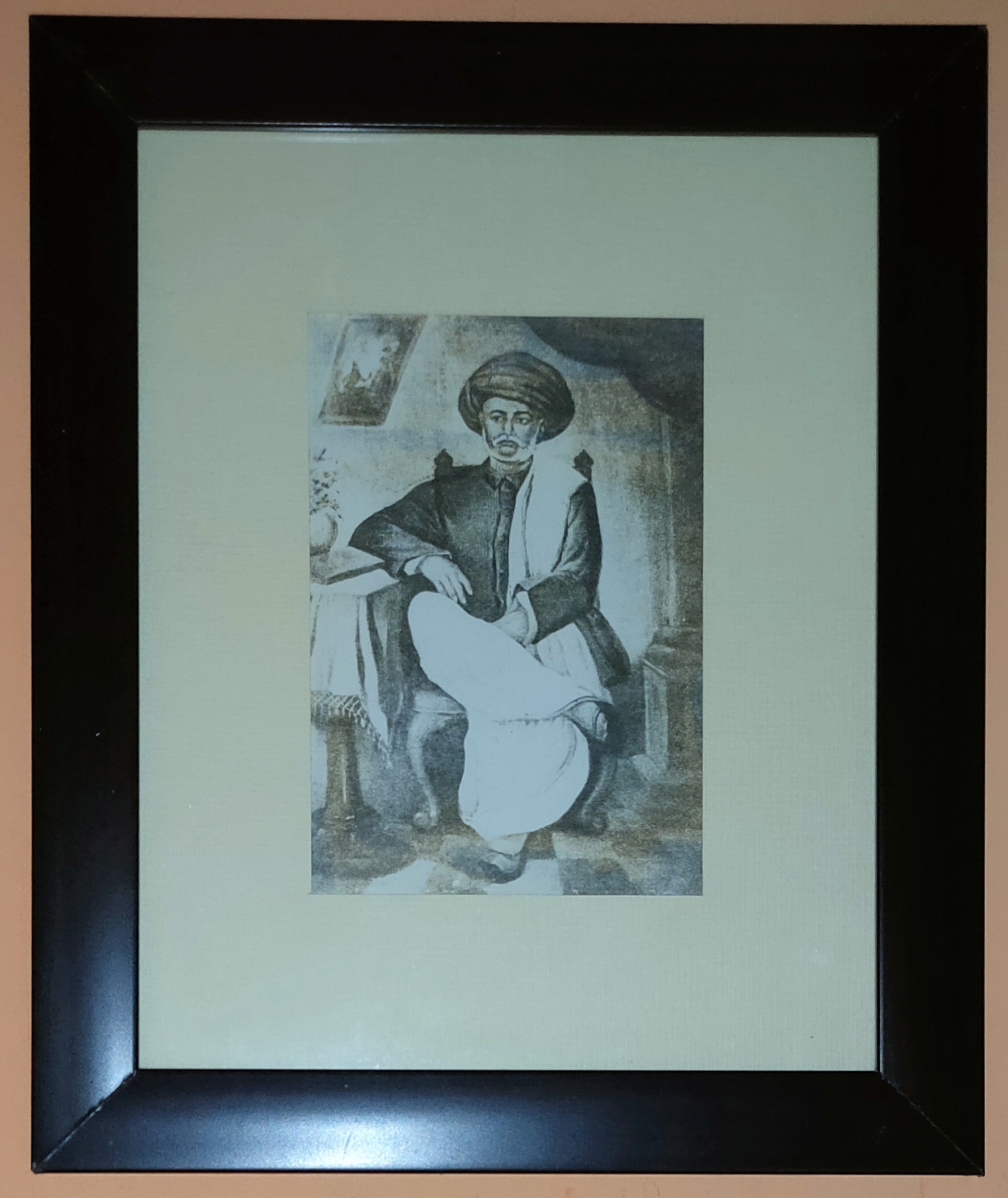
Fun Facts
Jyotiba Phule and Savitribai opened the first girls’ school in Pune (1848).
Phule dedicated his book *Gulamgiri* to the American abolitionists who fought against slavery.
Phule is often regarded as 'Mahatma' for his social justice work.
Mains Key Points
Prelims Strategy Tips
Theosophical Society
The Theosophical Society, revived in India by Annie Besant in 1879, promoted universal brotherhood, revival of Hindu and Buddhist philosophies, women’s education, and contributed to the nationalist movement.
The Theosophical Society, revived in India by Annie Besant in 1879, promoted universal brotherhood, revival of Hindu and Buddhist philosophies, women’s education, and contributed to the nationalist movement.
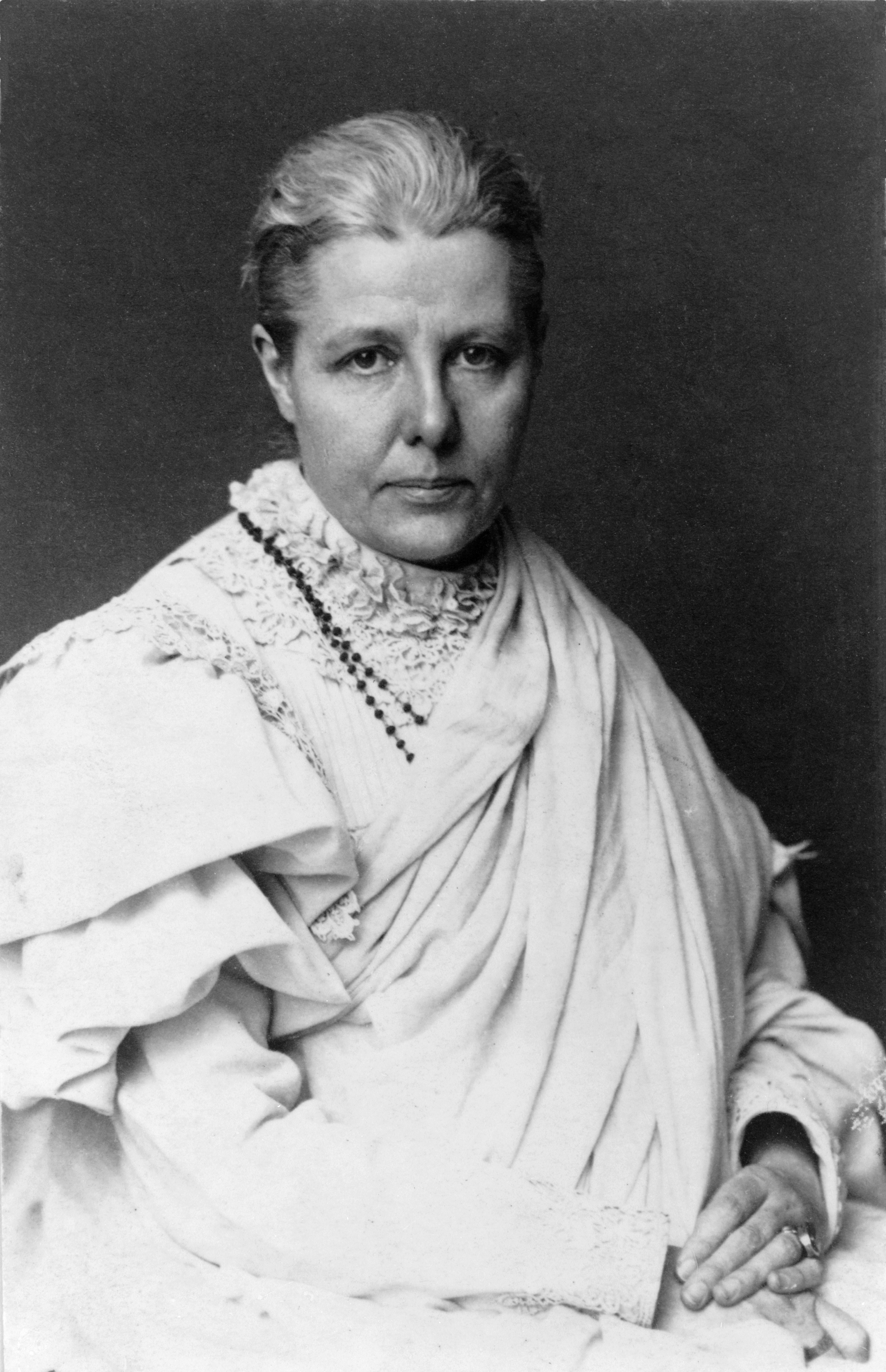
Fun Facts
Annie Besant was once a socialist and atheist in Britain before turning to theosophy.
The Adyar Library and Research Centre, established by the Society, holds rare manuscripts in Sanskrit, Pali, and other languages.
Theosophical Society influenced Indian leaders like Gandhi, Nehru, and Rukmini Devi Arundale.
Mains Key Points
Prelims Strategy Tips
Young Bengal Movement
The Young Bengal Movement, led by Henry Louis Vivian Derozio in the 1820s–1830s, was a radical socio-intellectual reform initiative in Calcutta that promoted rationalism, liberty, women’s education, and criticism of orthodox traditions.
The Young Bengal Movement, led by Henry Louis Vivian Derozio in the 1820s–1830s, was a radical socio-intellectual reform initiative in Calcutta that promoted rationalism, liberty, women’s education, and criticism of orthodox traditions.
Fun Facts
Derozio was only 22 years old when he died of cholera, yet left a huge intellectual impact.
He introduced debates and free-thinking clubs in Calcutta for students.
The movement is sometimes called 'Young India Movement'.
Mains Key Points
Prelims Strategy Tips
Paramahansa Mandali
The Paramahansa Mandali was one of the earliest secret socio-religious reform societies founded in 1849 in Maharashtra, aimed at promoting equality, rationalism, and opposition to caste-based discrimination.
The Paramahansa Mandali was one of the earliest secret socio-religious reform societies founded in 1849 in Maharashtra, aimed at promoting equality, rationalism, and opposition to caste-based discrimination.
Fun Facts
Members used to take a secret oath before joining.
Inter-dining practice shocked orthodox society in mid-19th century.
Though small in scale, it was one of the first attempts at organized social reform in India.
Mains Key Points
Prelims Strategy Tips
Ishwar Chandra Vidyasagar
Ishwar Chandra Vidyasagar (1820–1891) was a leading Bengali reformer, educator, and social activist known for his role in promoting widow remarriage, women's education, and modernising Bengali prose.
Ishwar Chandra Vidyasagar (1820–1891) was a leading Bengali reformer, educator, and social activist known for his role in promoting widow remarriage, women's education, and modernising Bengali prose.
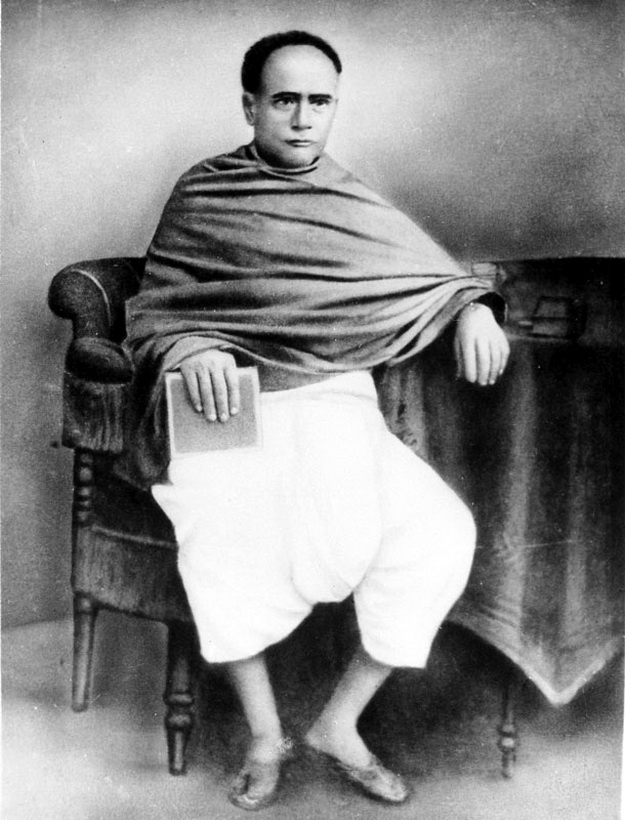
Fun Facts
Vidyasagar walked miles barefoot to study in Calcutta due to poverty.
He simplified the Bengali alphabet and typeface, making printing easier.
His compassion and philanthropy earned him legendary respect among common people.
Mains Key Points
Prelims Strategy Tips
Sikh Reform Movements
In the late 19th century, Sikh reform movements such as the Singh Sabha and Akali Movement aimed to revive Sikh identity, purify religious practices, and resist missionary and colonial influence.
In the late 19th century, Sikh reform movements such as the Singh Sabha and Akali Movement aimed to revive Sikh identity, purify religious practices, and resist missionary and colonial influence.
Fun Facts
The Singh Sabha leaders used modern print culture to counter Christian and Arya Samaj publications.
Akali volunteers were called 'Akali Jathas' and often faced police repression.
The Akali Movement is considered both a religious and political movement.
Mains Key Points
Prelims Strategy Tips
E.V. Ramaswamy Naicker (Periyar) and the Self-Respect Movement
Periyar launched the Self-Respect Movement in Tamil Nadu to fight caste inequality, Brahmanical dominance, and gender discrimination, promoting rationalism, self-respect, and social justice.
Periyar launched the Self-Respect Movement in Tamil Nadu to fight caste inequality, Brahmanical dominance, and gender discrimination, promoting rationalism, self-respect, and social justice.
Fun Facts
Periyar broke Ganesha idols in public to challenge superstition and orthodoxy.
The title 'Periyar' means 'Respected One', given by Tamil people.
He opposed Hindi imposition in Tamil Nadu, influencing Dravidian linguistic politics.
Mains Key Points
Prelims Strategy Tips
Revivalist Movements in India
Revivalist movements in 19th-century India sought to revive traditional religions, defend cultural identity, and resist colonial and missionary influence. They shaped cultural nationalism and religious consciousness.
Revivalist movements in 19th-century India sought to revive traditional religions, defend cultural identity, and resist colonial and missionary influence. They shaped cultural nationalism and religious consciousness.
Fun Facts
Dharma Sabha filed petitions to defend traditional practices like sati.
The Wahabis ran a network of madrassas and training camps in NW India.
Faraizi Movement banned un-Islamic customs like paying landlord taxes during religious ceremonies.
Sir Syed Ahmed Khan faced strong opposition from orthodox Muslims for supporting modern education.
Mains Key Points
Prelims Strategy Tips
Impact of Social Reform Movements
These movements laid foundations for modern India by attacking social evils and promoting education, equality, and rational thought.
These movements laid foundations for modern India by attacking social evils and promoting education, equality, and rational thought.
Impact of Social Reform Movements
| Positive | Limitations |
|---|---|
| Abolition of sati, widow remarriage, education for women | Reforms mostly limited to urban educated elite |
| Rise of rationalism, scientific temper | Rural areas remained conservative |
| Foundation of modern nationalist thought | Orthodox resistance slowed reforms |
Fun Facts
Many reform organizations also published journals which became vehicles for public opinion.
Some reform leaders later became active in the Indian National Congress.
Mains Key Points
Prelims Strategy Tips
Chapter Complete!
Ready to move to the next chapter?
